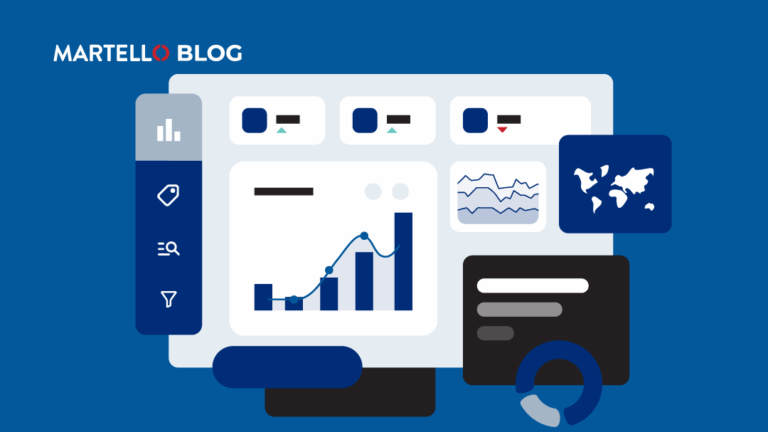Alarm Fatigue: A Problem for IT Operations?
Mitel Performance
A recent study on Johns Hopkins Hospital addressed the rising alarm rate (a whopping 350 alarm conditions per bed, per day on average) in hospitals, and the dangers resulting from ‘alarm fatigue’ – the desensitization of staff to alarms. Alarm fatigue in hospitals has resulted from too many monitoring devices, alarm thresholds set too low, duplicate alarms and false positives.
What does all of this have to do with IT? Though lives are typically not in danger from a missed alarm in IT, alarm fatigue can negatively impact productivity. An array of multi-vendor devices generate alarms – often with little user control over alarm conditions or prioritization of alarm severity.
Preventing IT Alarm Fatigue
What’s the solution? In the Mitel unified communications network, Mitel Performance Analytics‘ (MPA) sophisticated alarm management can eliminate spurious and duplicate alarms, while giving IT professionals the data they need to action each alarm. Here’s a closer look at how MPA manages alarms:
- Alarms for devices that are known to be faulty or under maintenance are eliminated by placing them in ‘Maintenance Mode’.
- You can choose to receive only the most severe alarms. This is particularly useful on weekends or off hours, ensuring you’re only dealing with critical events.
- Alarms from other devices and applications, such as MiVoice Business and MiContact Center are integrated with Mitel Performance Analytics, consolidating alarm management.
- Alarm reports identify the top 10 most critical devices – those with the highest number of new critical alarms, so you can quickly focus on the biggest problems.
- Multiple alert profiles can be created, ensuring the right people receive the right kind of alerts using their preferred method (email, SMS, Twitter).


